Arkansas-based carbon fiber bicycle manufacturer Allied launched in 2018 with its original Alfa road bike, a model which has mostly stood the test of time since then with its classic profile and proportions, decent 30 mm tire clearance, reasonably low frame weight, good ride quality, and excellent handling. Five years is a long time for a high-end bike to stick around, though, and Allied has today announced a comprehensive redesign for its flagship road model.
The new Alfa retains those timeless proportions and proven geometry, but it’s now been infused with a healthy dose of modernity to bring it up to speed with Kammtail truncated airfoil tube profiles that “increase aerodynamics in the wind and yaw angles of the road, not the lab.”
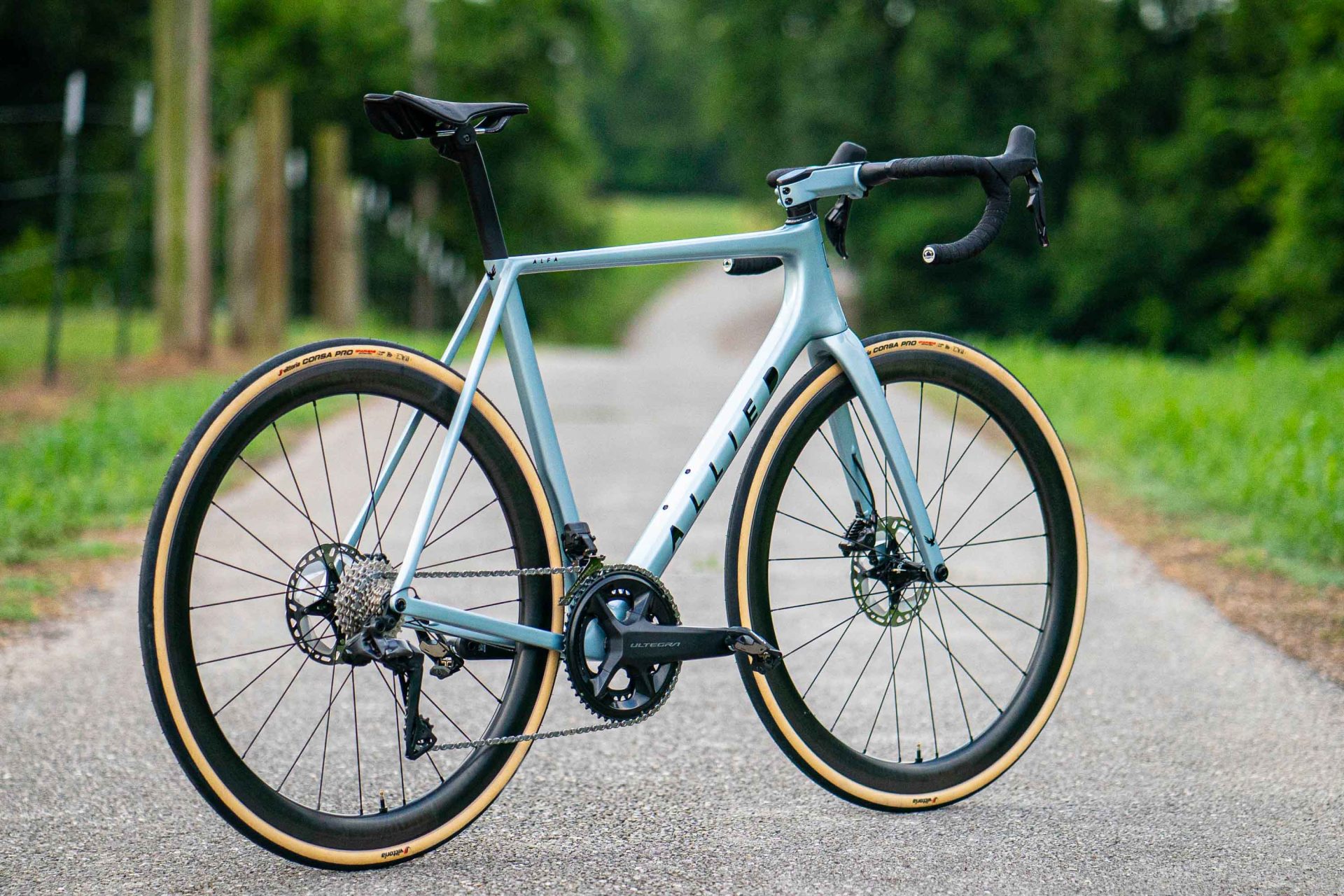
Allied doesn’t offer up any numerical data to back up those aerodynamic claims, though, only pointing to “CdA analysis on the roads surrounding Bentonville.” So exactly how much faster is it? Allied said the new cross-sections are good for “46 seconds over 40 km.”
The company also claims it was able to provide those aero benefits without taking away from other qualities. While the new tube shapes apparently make the new Alfa a little stiffer than the old one, that the cross-sections are at least smaller than typical to retain a good ride quality on the road. Even with the fancier tube shapes, weight has gone down, with a 56 cm frame now supposedly tipping the scales at 820 g as compared to almost 900 g for the old one.
Another big change is fully internal routing, borrowing the system that was introduced with the Echo convertible road/gravel bike in 2021. The brake lines are run inside the bar, pop out of a central hole, and then run alongside the top of the stem before taking a downward dive straight into the middle of the steerer tube. The front hose exits through a port just above the flat-mount brake caliper, while the rear hose pops out through a small access hole in the steerer. All of that plumbing is concealed beneath an aluminum plate, which also serves as the clamp for the 31.8 mm-diameter handlebar.

Does all of that sound a little convoluted? It is, and it’s worth noting Allied says the system is also only compatible with “current electric 1x and 2x drivetrain options from Shimano and SRAM,” – as in, no wired setups or Campagnolo. And the seatpost and stem are wholly proprietary with no compatible aftermarket options. Sadly, the partially external option offered on the Echo isn’t available on the new Alfa, either (apparently due to an extremely low take-up for that option on the Echo). But despite the complicated setup process, it does look good when all is said and done, and aesthetics is one of the most appealing aspects of the new Alfa.
I mean, look at the thing.
As before, the top tube is only very slightly sloping, and the seatstays couldn’t join any higher up on the seat tube, all melding together in an organically graceful-looking seat cluster. Up front, the new head tube sports a dramatic hourglass profile, with curves that flow seamlessly into the new carbon fiber fork. Beauty is in the eye of the beholder, as they say, but at least to my eye, everything is nicely proportioned.

Other features include a standard English-threaded bottom bracket, clearance for tires up to 700×32 mm-wide, and made-in-house aluminum and titanium finishing bits. And just as before, both the frame and fork are fully manufactured at Allied’s facility in Bentonville, Arkansas.
Allied is offering the new Alfa in six frame sizes and seven standard solid colors, plus eight optional premium colors for a US$200-500 upcharge. Stems are painted to match, in lengths from 80-130 mm and 0° or -6° angles.
Complete bikes start at US$8,225 with SRAM Rival eTap AXS and Zipp 303 S carbon clinchers, and top out at US$14,430 with Shimano Dura-Ace Di2 and Zipp 454 NSWs (without paint options). You can also get a frameset kit (including the frame, fork, headset, stem, and seatpost) starting at US$5,390. Pricing in other regions is to be confirmed.
What say you? Should we bring one in for a review?
In the meantime, more information can be found at www.alliedcycleworks.com.


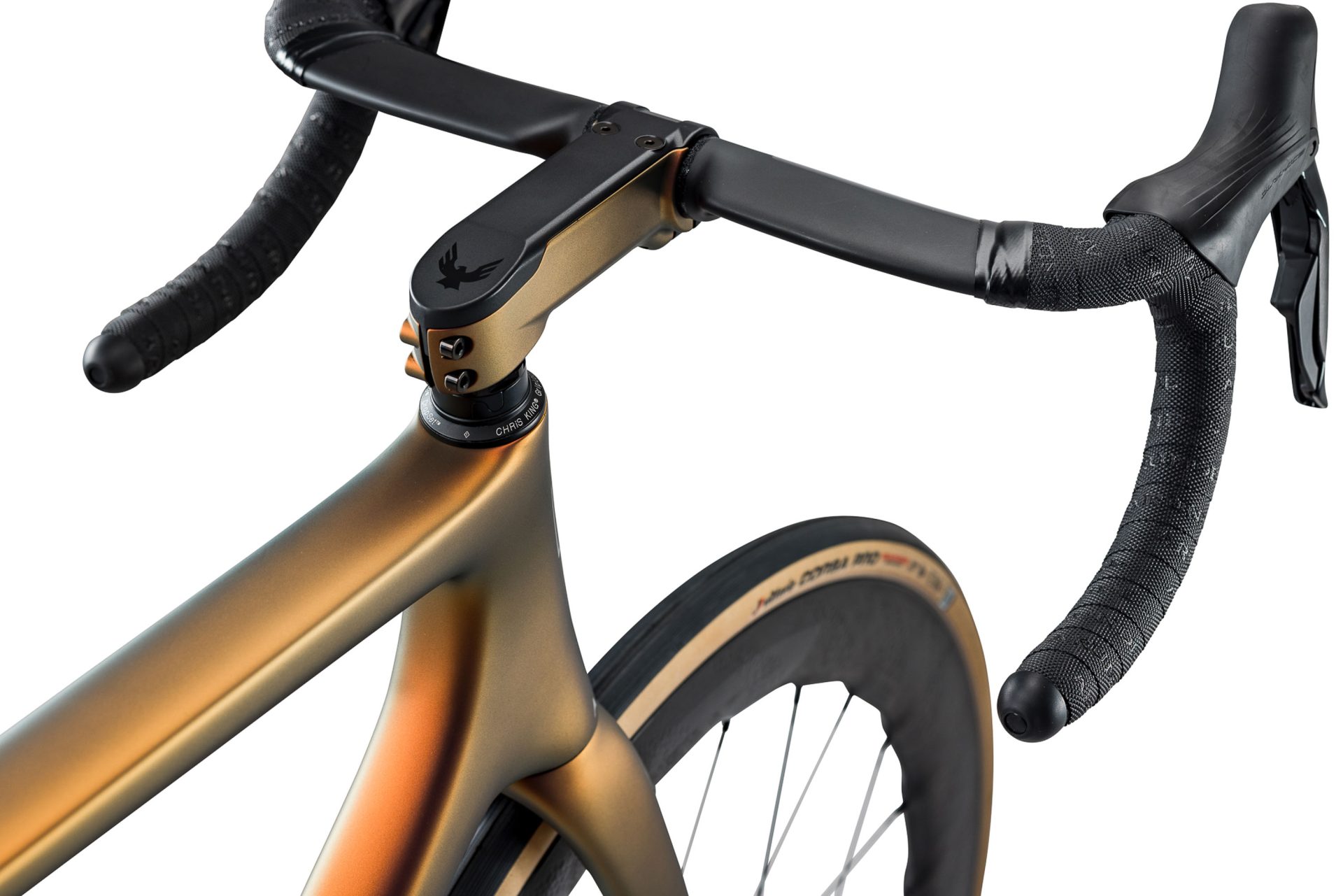
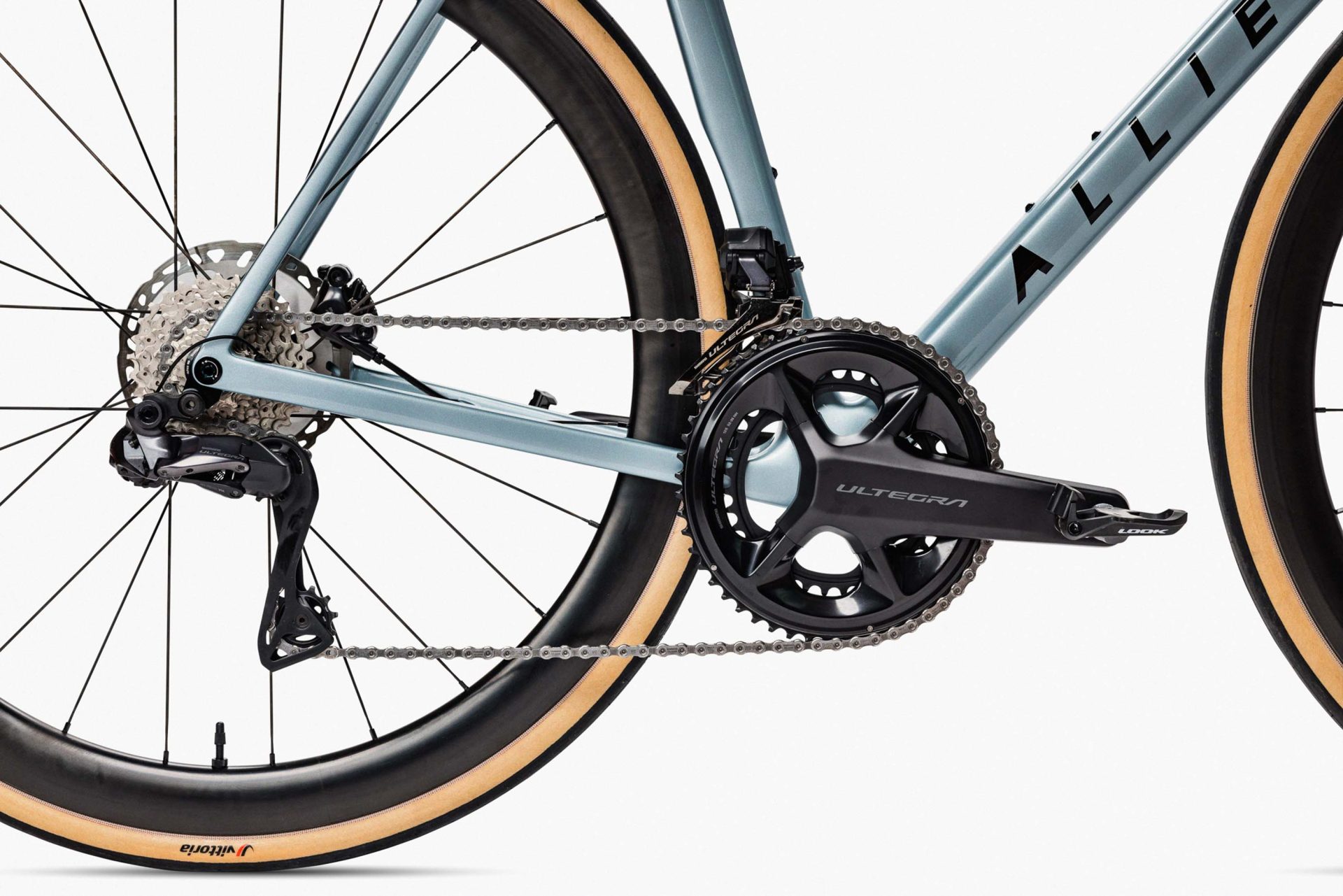
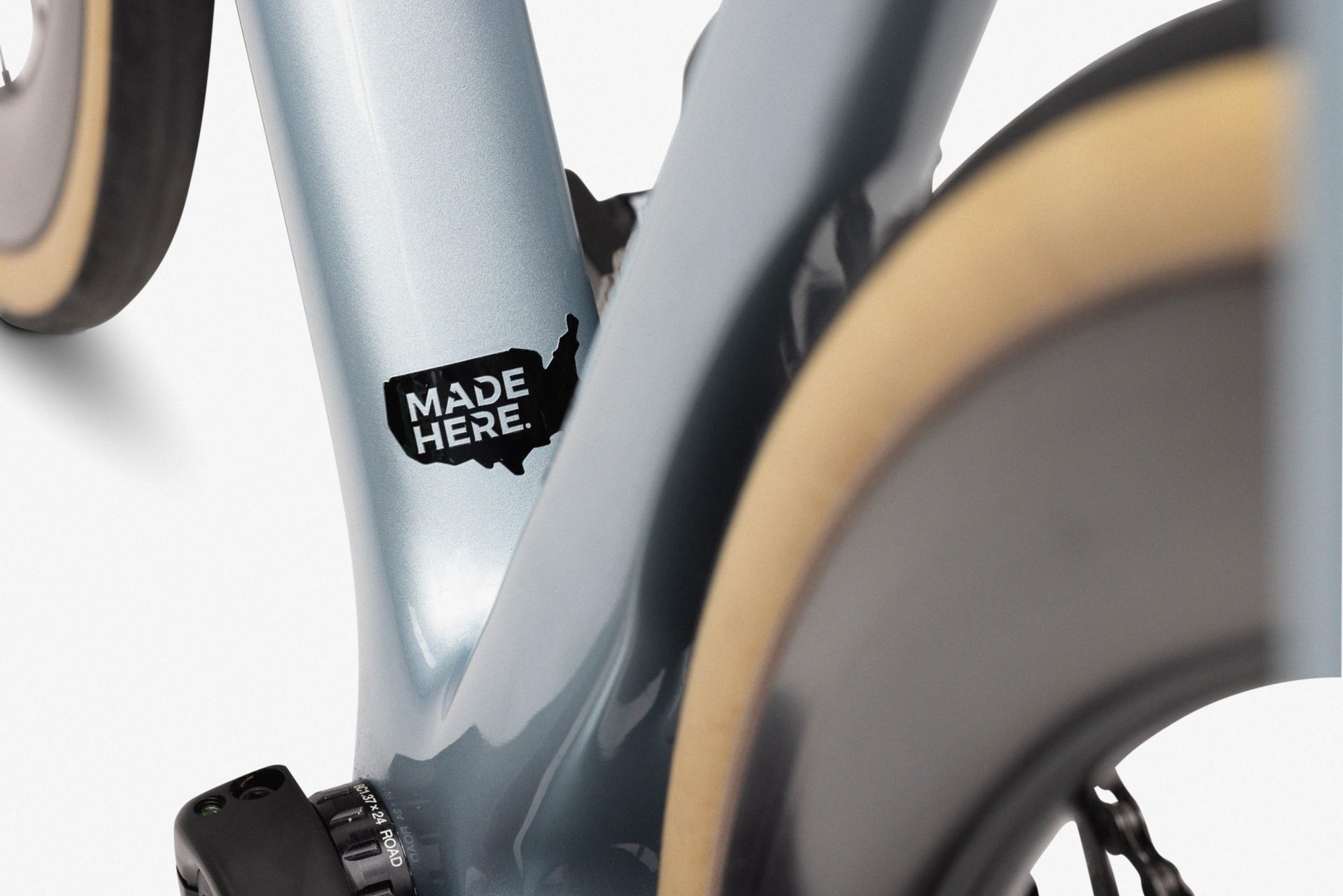
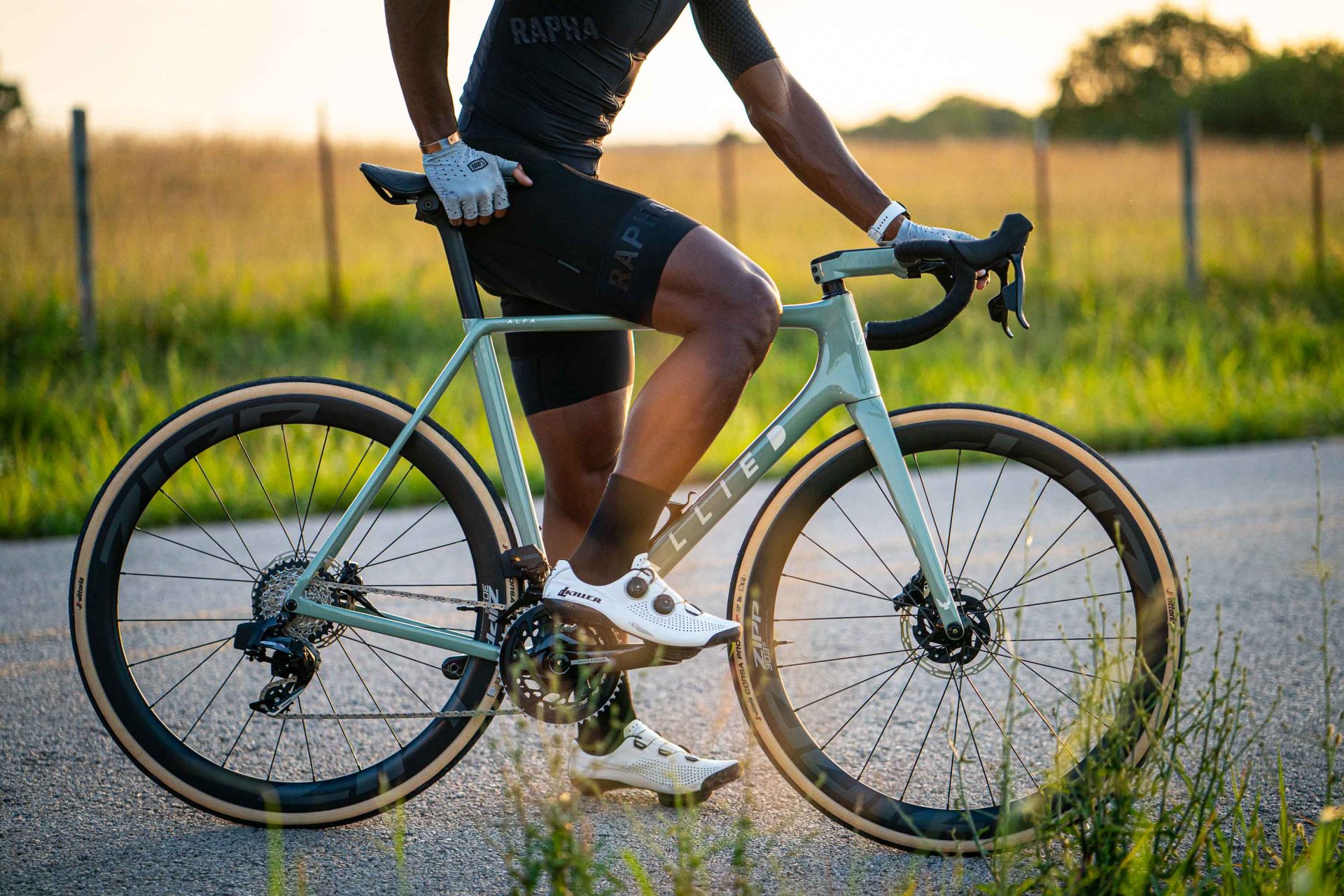
What did you think of this story?

